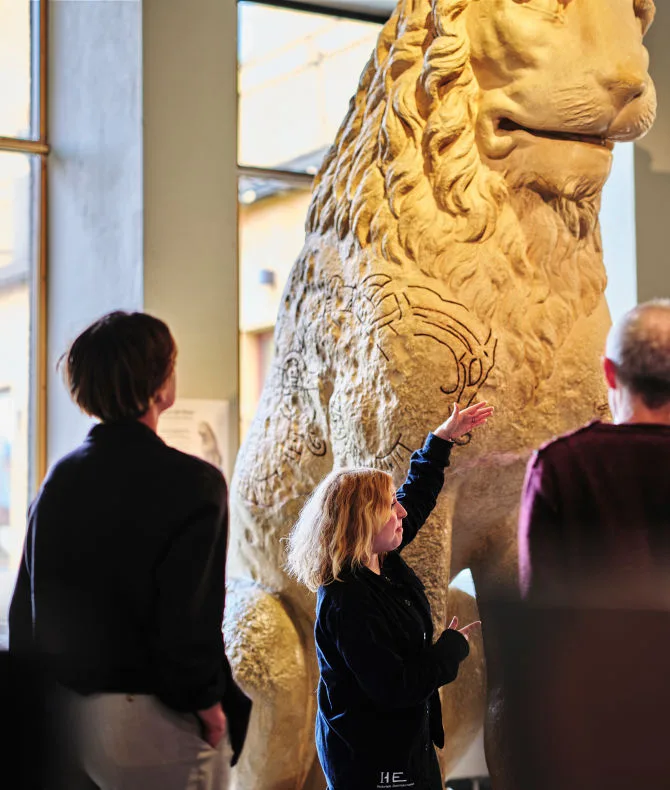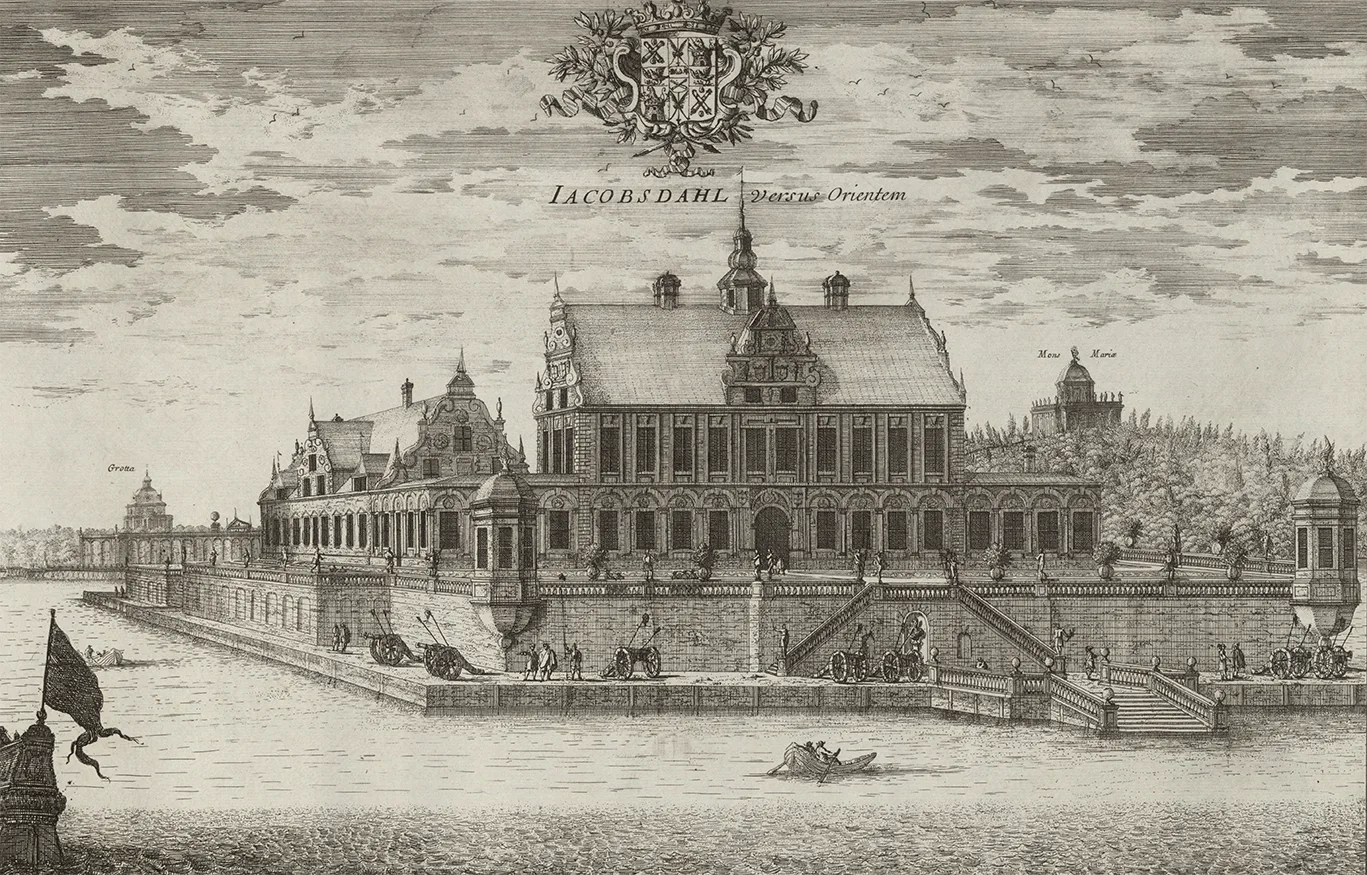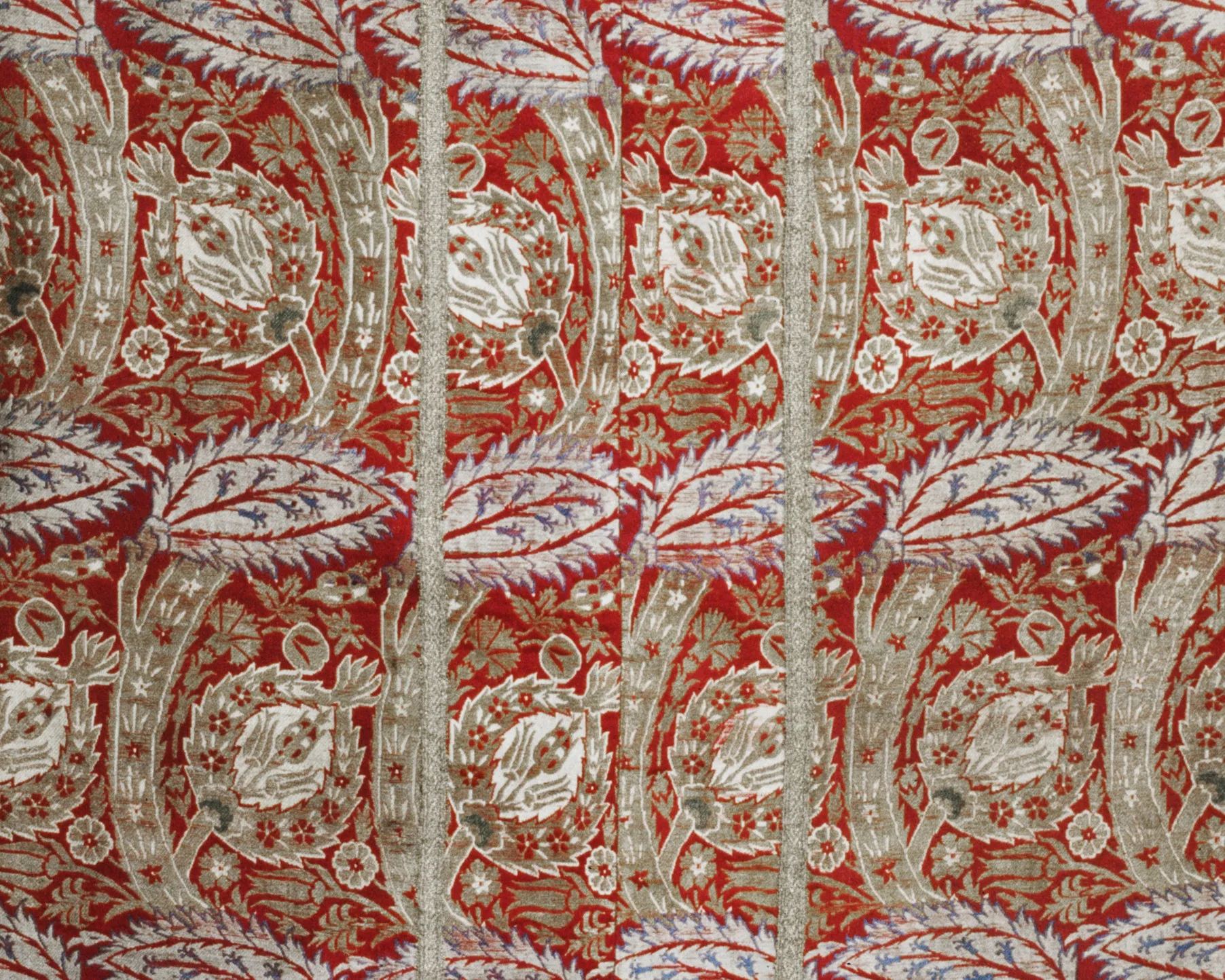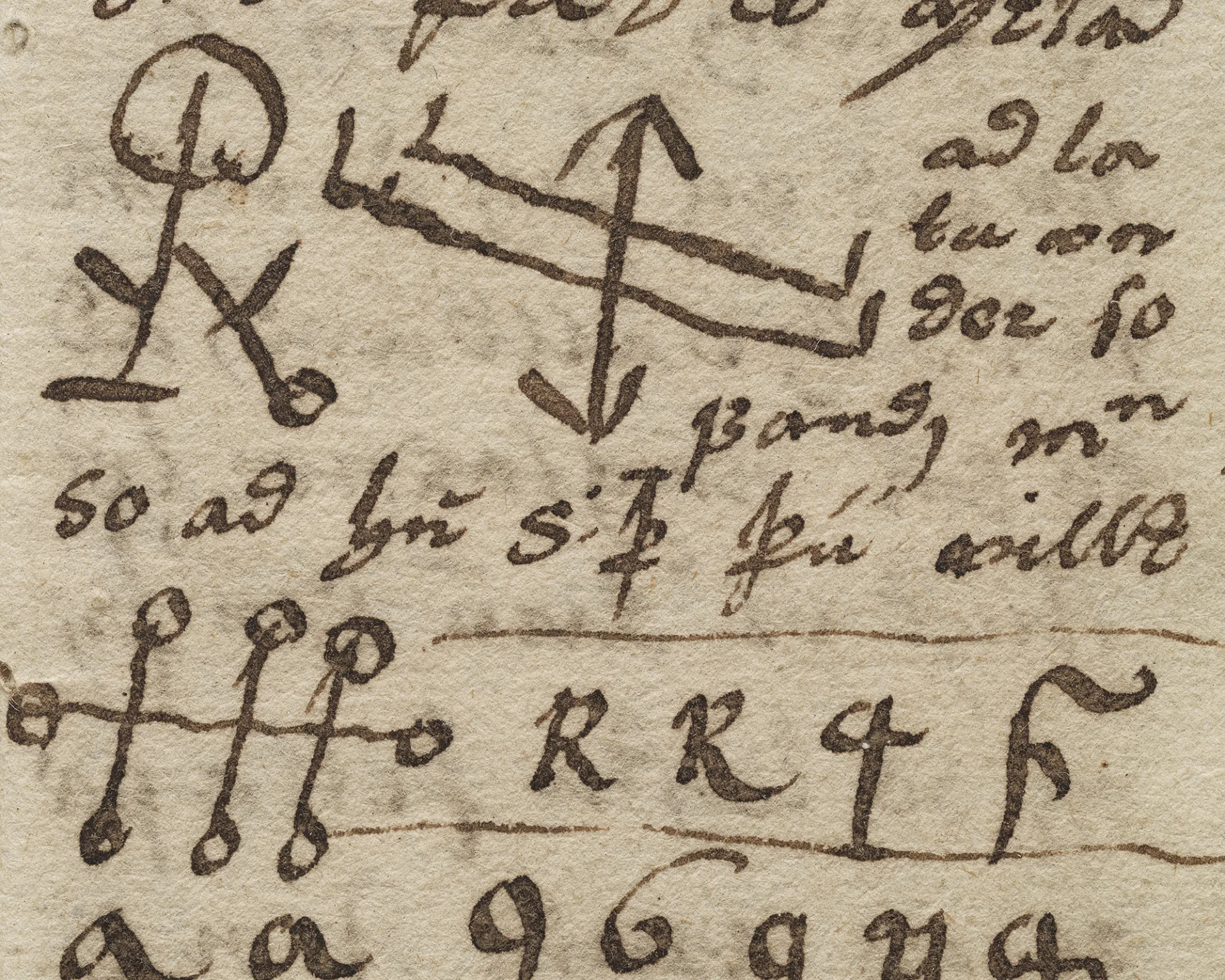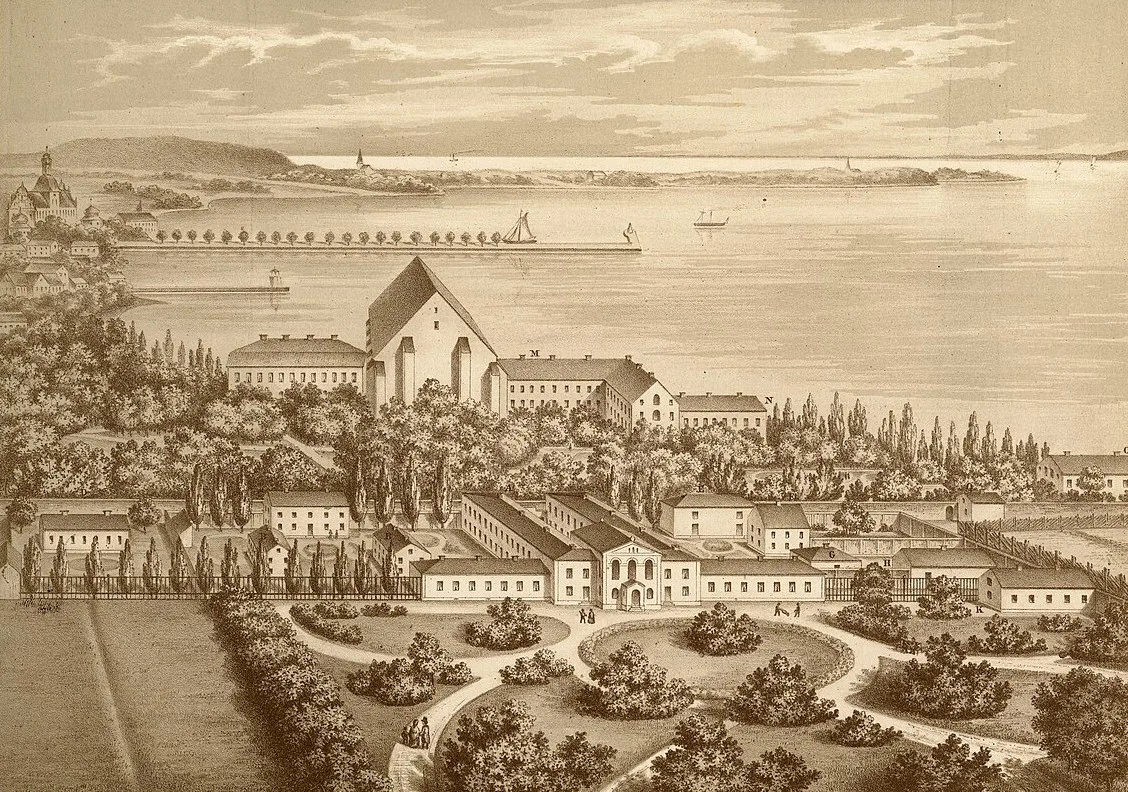Sweden’s oldest war trophies
Viking Age
AD 800 – AD 1100
Middle Ages
AD 1050 – AD 1520
Modern Age
AD 1520 – AD 2025
The trophies consist of a helmet and a pair of spurs. They were taken in 1564 from Steinvikholm Castle, just outside Trondheim, by Swedish troops. The event took place during the Northern Seven Years' War (1563–1570), a conflict primarily fought between Denmark and Sweden.

Saint Olaf's helmet and spurs
As Skåne, Gotland, and Norway were under Danish rule at the time, Sweden’s King Erik XIV decided to launch an attack from the Norwegian side. Under the command of Claude Collart, Swedish forces captured Jämtland, Härjedalen, and Trondheim. And there, at Steinvikholm Castle, they came across what they believed were magnificent trophies: the helmet and spurs of Saint Olaf.
Saint Olaf was King of Norway from 1015 to 1028 and was canonised after his death in 1030. He became Norway’s national saint and was also venerated across the rest of the Nordic region.

Statue
Altar statue depicting Saint Olaf. From Hammar church, Närke. 13th century.
The trophies were brought to Stockholm and hung in Storkyrkan (the Stockholm Cathedral in Old Town), where several other war trophies were already on display. The Swedes were long convinced that the helmet and spurs had truly belonged to Saint Olaf, which gave them great symbolic significance.
When architect and artist Erik Dahlbergh began work on his grand pictorial work Suecia antiqua et hodierna in the 17th century, the helmet and spurs were even given their own dedicated illustration, a distinction no other objects in the work received.
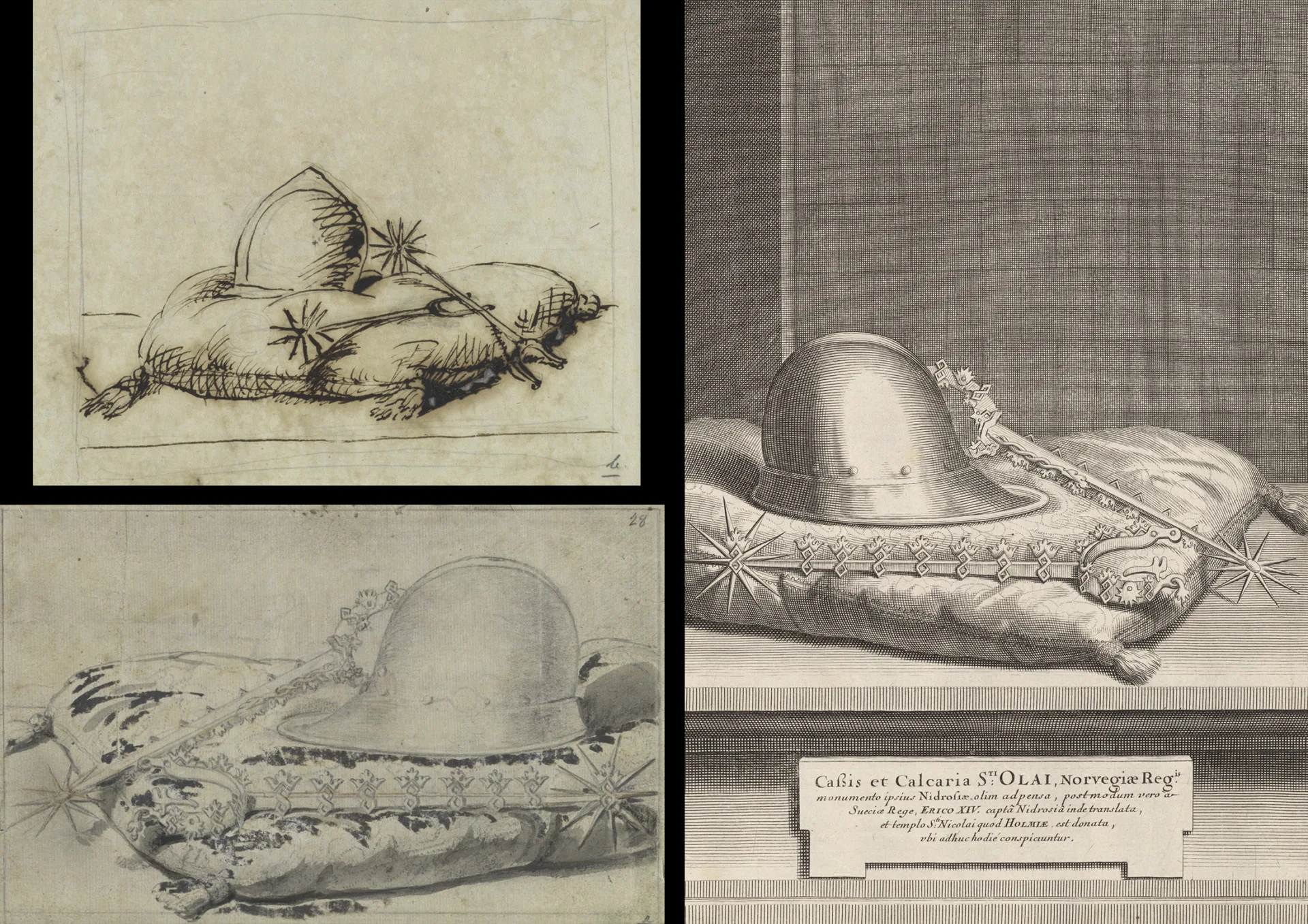
By the 19th century, scholars using stylistic analysis realised that the items actually dated to the 15th century. They could not have belonged to Saint Olaf. It is likely they once formed part of a Danish nobleman’s armour. Equally likely is that commander Claude Collart invented the story about Saint Olaf’s relics to please and impress Erik XIV.
In 1865, Sweden’s national antiquarian, Bror Emil Hildebrand, made a formal request for the objects to be transferred to the Swedish History Museum, a request that was granted by the Cathedral Chapter of Storkyrkan. After all, they were Sweden’s oldest preserved war trophies.
